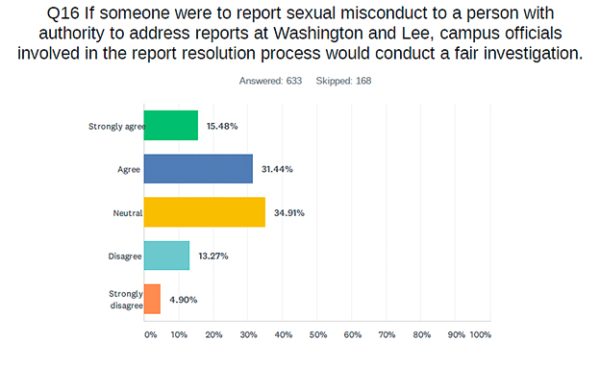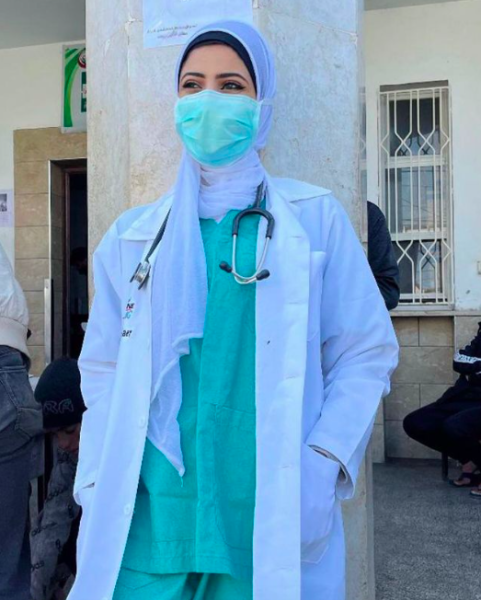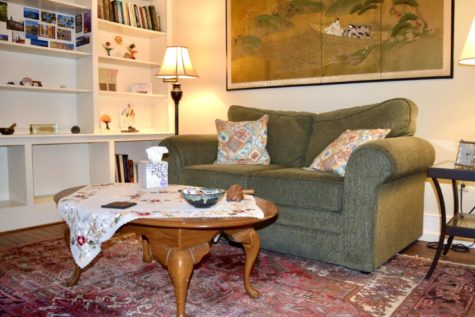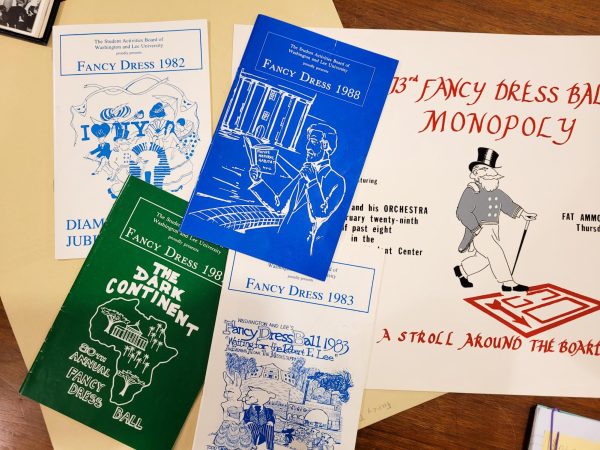Class of 2022 most diverse in W&L history, shows efforts of Strategic Plan
Admissions office attributes the rising diversity to enrollment programs like Questbridge and DIVE weekend
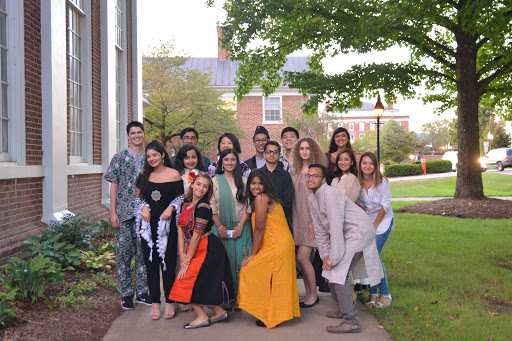
Participants in the Multicultural Fashion Show pose outside of Evans Dining Hall on Sept. 29. Photo courtesy of Riwaj Shrestha, ’22.
October 22, 2018
This year, Washington and Lee University welcomed what it boasts as the most diverse first-year class in its history. Of 474 enrolled students, 56 percent are female, 83 students are domestic students of color and 38 are the first of their families to attend college.
“I feel like [diversity is] more recognizable,” Sasha Edwards, ‘20, said. “Coming from my freshman year, where I’d be excited to see one other person who looked like me during the day, now every time I walk across campus I see two or three people—and it’s not the same two or three people, which is always really exciting.”
Edwards was the president of the Student Association for Black Unity until she resigned last week for personal reasons.
Recently, the university said it has placed a heightened emphasis on implementing and increasing diversity on campus.
Julia Littlefield, assistant director of admissions at Washington and Lee, explained how the admissions office worked toward attracting more diverse students.
“Our work is a reflection of—and closely intertwined with—our broader community’s commitment to create a more diverse and inclusive Washington and Lee,” Littlefield said in an email. “Our efforts occur at every level of admissions recruitment, from the beginning of a student’s college search to yield outreach.”
She mentioned on-campus experiences that allow students who may otherwise not be able to visit the university to see what it has to offer firsthand.
These opportunities include Questbridge College Prep Scholars being invited for the Johnson Scholar finalist interviews as match scholars and W&L’s Diversity and Inclusion Visit Experience (DIVE). Of the current first-year students, 29 attended a DIVE program last year, staying overnight with current students, visiting classes and participating in activities.
“We feel that DIVE has also had a positive impact on our on-campus community,” Littlefield said. “It is the current students who host DIVE students and faculty members who welcome the students into their classes who truly make the DIVE program a success.”
Once DIVE students arrive on campus, they are greeted by an array of multicultural organizations. The Office of Inclusion and Engagement offers many diversity resources, including alumni mentorship, an LGBTQ resource center, diversity training, the University Committee on Inclusiveness and Campus Climate and the First-Generation Low-Income Partnership.
Besides on-campus endeavors, Littlefield says the rising diversity percentages can also be attributed to the admissions office’s outreach off of campus property.
“Admissions officers continue to diversify our recruitment locations to include both private and public schools, as well as charter schools and community-based organizations that support traditionally underrepresented students in the college admissions process,” Littlefield said.
She also said the university has added new national college partnerships, including those with American Talent Initiative, Strive for College, College Greenlight and the National Partnership for Educational Access.
The admissions office will host a high school guidance counselor fly-in program in November.
“Not only are individual students our focus, but their guidance counselors and community-based organization leaders are critical to reach,” Littlefield said. “They are the educators who assist talented students nationally to find the right college home.”
In the applicant pool of the class of 2022, there was a seven percent increase in applications last year, with the greatest increase being among students of color and international students. The ethnic diversity of the class has grown three percent from the class of 2021, and the median ACT score rose to 33. The number of students eligible for Pell Grants and W&L’s Promise program has also risen with the class of 2022.
Student organizations such as the Latinx Student Organization and SABU work to promote diversity on campus.
Edwards said SABU’s mission is now “making sure [members of SABU are] all comfortable in our own skin on the campus.”
Edwards is also in a historically black Greek life organization, Alpha Kappa Alpha sorority. She foresees the Tau Zeta chapter growing in the near future.
“We’re just trying to get it out that Greek life can be diverse if you want it to be,” Edwards said.
There is also a strong population of international students on campus.
First-year international student Danesh Kumar Badlani is from Pakistan. He discovered W&L when researching top liberal arts colleges.
Badlani said W&L’s orientation week for international students was one of the best ways from him to acclimate to an American lifestyle. But he still thinks the university has room to grow in its representation of diversity on campus.
“I don’t think there is enough diversity on campus as there should be,” Badlani said. “W&L should reach out to more diverse students and start accepting more [international] students, too, with an increased financial budget for them, as most of them need some form of aid.”








